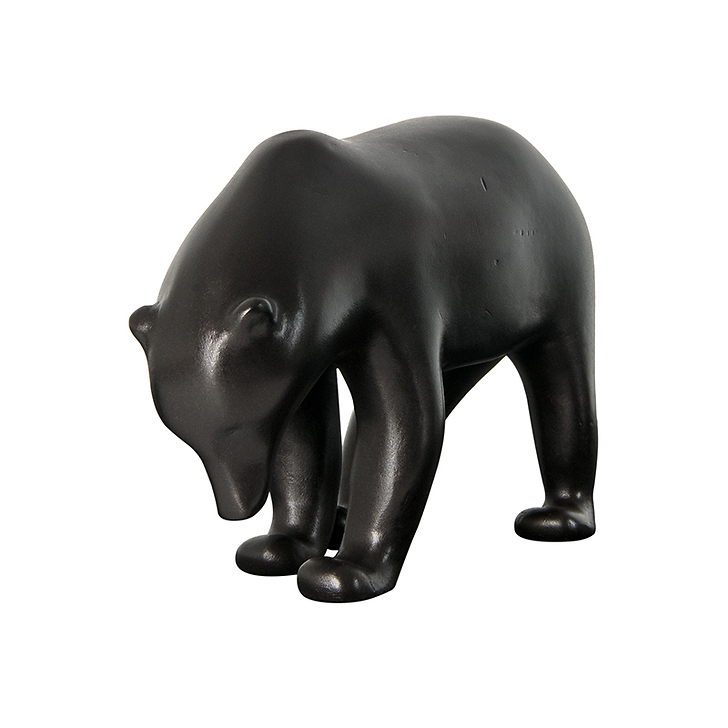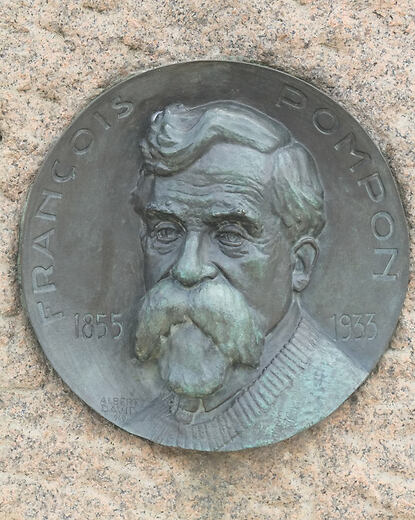Reproduction with hand patina. Mold made from an impression of the original work exhibited at the Petit Palais.
François Pompon developed an animal theme by observing the tenants of the Jardin des Plantes zoo. In contrast to Rodin's expressionism, he simplified the forms as much as possible, eliminating...
Read more
Reproduction with hand patina. Mold made from an impression of the original work exhibited at the Petit Palais.
François Pompon developed an animal theme by observing the tenants of the Jardin des Plantes zoo. In contrast to Rodin's expressionism, he simplified the forms as much as possible, eliminating the anecdotal and bringing out the essence of his subjects. The artist thus manages to capture the characteristic movement of the bear while giving it a timeless character.
Close







